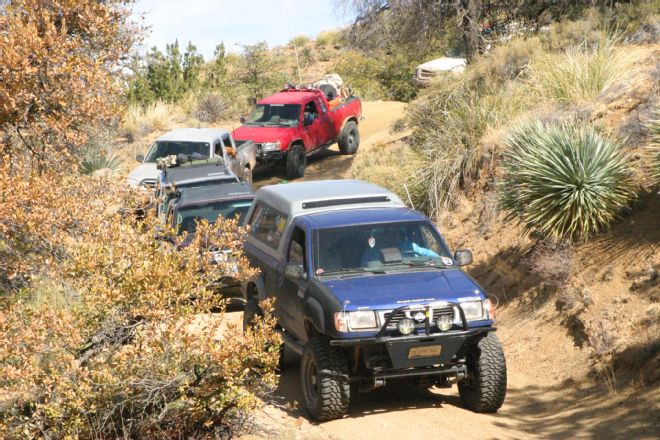
The Datsun 4WD arrived on U.S. shores just a bit behind the 4WD Toyota mini truck, and both would find eager customers waiting for the small pickups with a transfer case. It was a time when mini trucks were taking off in popularity. The medium-length wheelbase, narrow body, and cargo bed would make these pickups popular for camping and back-country exploration. We look at the specs and history of the Datsun/Nissan pickups and some of the more popular builder models.
720 Model Pickup (1980-1986)
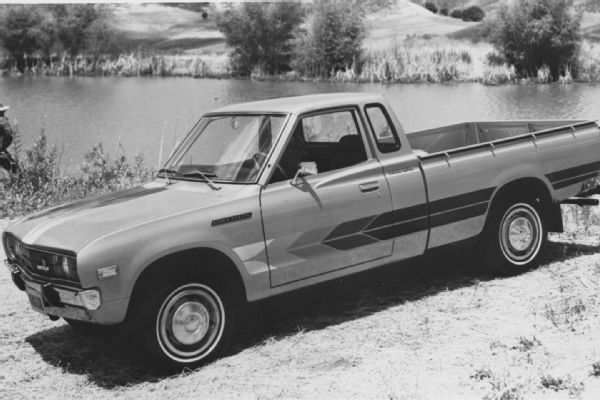
The Datsun 620 pickup model preceded the 720 model. It was a popular 2WD truck in its day. One way to get a Datsun 4WD truck before the factory ’80 4x4 hit the market was with a Low Manufacturing conversion kit. It was a bolt-on kit to convert a 2WD to 4WD using a Dana 300 transfer case and Spicer 30 open-knuckle front axle mounted to leaf springs.
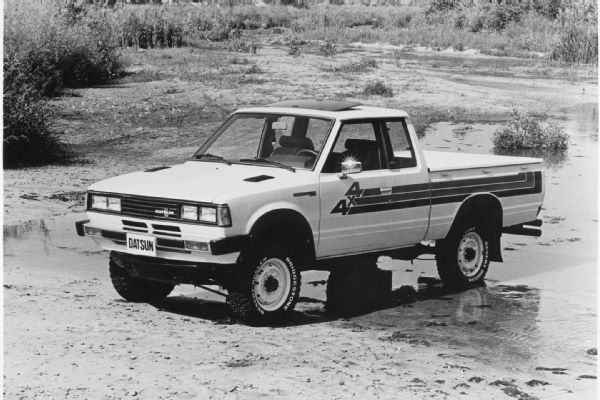
Datsun introduced the 720 Model 4WD pickup as an ’80 model, about a year after Toyota offered its 4WD mini truck. Datsun chose to offer the truck with IFS right from the start, and the extended cab, termed King Cab, was something new for the small pickups.
The pickups were available in shortbed, longbed, and King Cab models. Originally the trucks used single-wall, railed beds up until the ’83s, later giving way to double-wall beds with smooth exterior panels. Shortbeds were 73.4 inches long and longbeds were 88.8 inches long. These would yield a truck wheelbase of 101.4 and 110.8 inches, respectively.
While Toyota chose to introduce its 4WD mini truck with a live front axle, the Datsuns were equipped with independent front suspension (IFS) with torsion bars attached to the lower A-arms. The early trucks (up until ’83 models) strengthened the IFS with the use of tension rods connecting the A-arms to the front crossmember, while later trucks used rods behind the A-arms that connected to the frame. The rear axle sat under traditional leaf spring packs.
The original engine in the ’80 720 was the 97hp, 2.0L L20B engine carried over from the previous 620-series pickups. Then for the ’81s, the Z-series carbureted engines were introduced. The NAPS-Z single overhead-cam engine utilized two spark plugs per cylinder. Engines for the ’81-’83 trucks (Z22) had a displacement of 2.2 liters, and the ’83-’86 models (Z24) were bumped up to 2.4 liters with 98 hp and 103 hp, respectively. The later engines used a computer-controlled carburetor combined with an oxygen sensor to further help reduce emissions. The late ’86s got the 106hp Z24i fuel-injected engine.
Four- and five-speed (0.81:1 overdrive) manual transmissions used in the early years were mated to a divorced transfer case with a centered front driveline output using a 2.27:1 low-range ratio. The H190 (190 mm) rear axle without a removable rear cover was used up until about June 1983. Trucks manufactured after this date used a slightly beefier C200 (200 mm) axle. All front axles used an R180 (180 mm) differential, and the left and right halfshafts were not the same length. Axle gearing was typically 4.11:1 or 4.38:1, and there were both manual and automatic locking hubs available.
Hardbody Pickup (1986.5-1997)
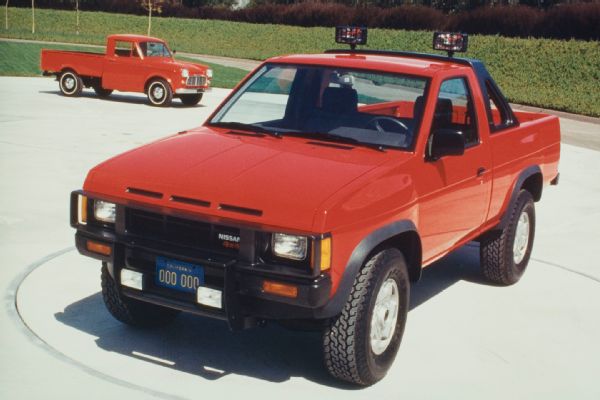
The Hardbody trucks were offered as a mid-’86 model and offered a new, bolder body style with cleaner outside body trim. A ’60 2WD Datsun pickup sits in the background here.
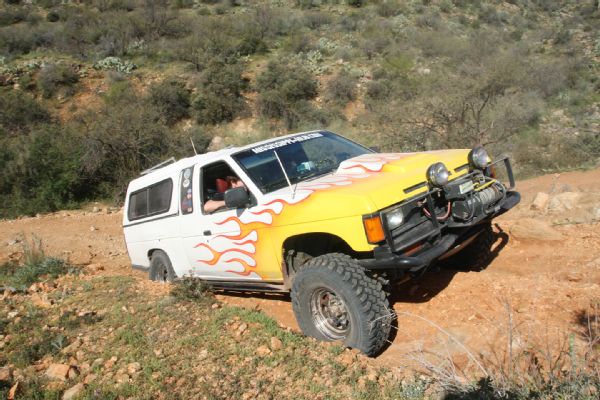
The Hardbody pickups gained significant popularity for off-road use and started to drive aftermarket improvement solutions. Rear wheel ABS was phased in around the ’90 models. The gear ratio on Nissan trucks is found on the door jamb tag as the last two digits of the axle code.
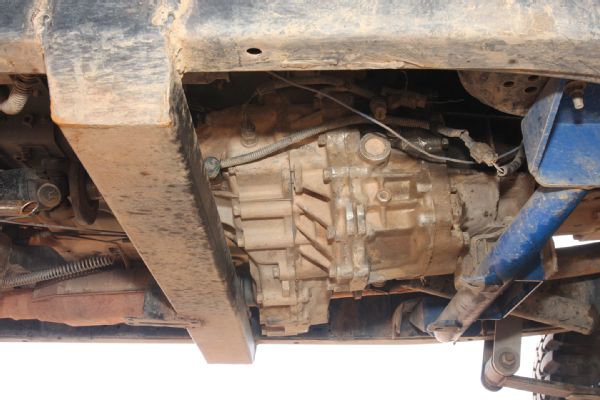
The factory TX-10A transfer cases are considered robust. However, for those running bigger tires and wanting crawl capability, lower gearing helps. Calmini offers low-range replacement gear sets to drop the low range from 2.02:1 to 3.92:1 for the ’86-’04 Nissan trucks.
The Z24i throttle-body injected engine continued in use until the ’89 trucks when it was replaced by the three-valves-per-cylinder 134hp KA24E with multi-point fuel injection, which would run through the end of the Hardbody line for ’97. There was also the VG30 3.0L V-6 engine. A 140hp TBI version (VG30i) was used in the ’86.5-’89s, and the 154hp MPI VG30E was used in the ’90-’95s as an option over the base four-cylinder. The ’96-’97 models were available only with the four-cylinder engine, as the V-6 was dropped from the pickup line.
Transmissions were either a Jatco L3N71B three-speed, a Jatco RE4R01A four-speed automatic (’90-on), or five-speed manual (FS5W71G for the four-cylinder with 0.821:1 overdrive ratio and FS5R30A behind the V-6 engines with 0.81:1 overdrive ratio). Transfer case was the married aluminum-case, chain-drive Fuji Univance TX-10A part-time unit with 2.02:1 low-range ratio and a slip-yoke output.
In general, the C200 rear axle was used on the four-cylinder Hardbody trucks, and the 31-spline H233B (233 mm) rear axle was used on the V-6 trucks. The ’96-’97 four-cylinder 4WD trucks also got the H233B that uses a drop-out third member. A rear limited-slip differential was provided on the SE model 4WD trucks. The front axle was the R180 (180 mm) or R200 (200 mm). Left and right front axle halfshafts were equal length and interchangeable, though the axle-flange bolt pattern changed around the ’90 trucks. Axle ratios were typically 4.375:1 or 4.625:1.
Frontier Pickup (1998-2004)
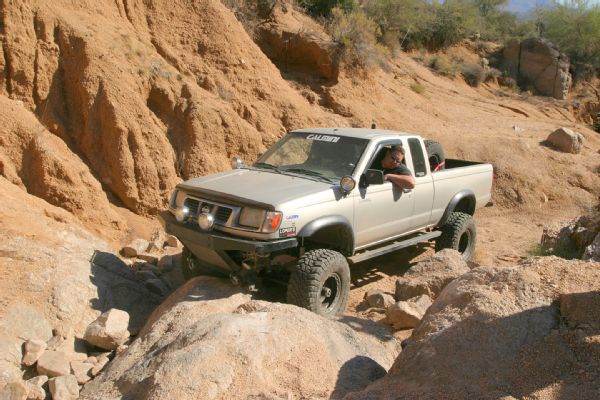
The Frontier trucks introduced for ’98 offered larger engines. The 143hp KA24DE 2.4L I-4 continued on through ’00 and was coupled to a five-speed manual or to the rare four-speed automatic transmission.
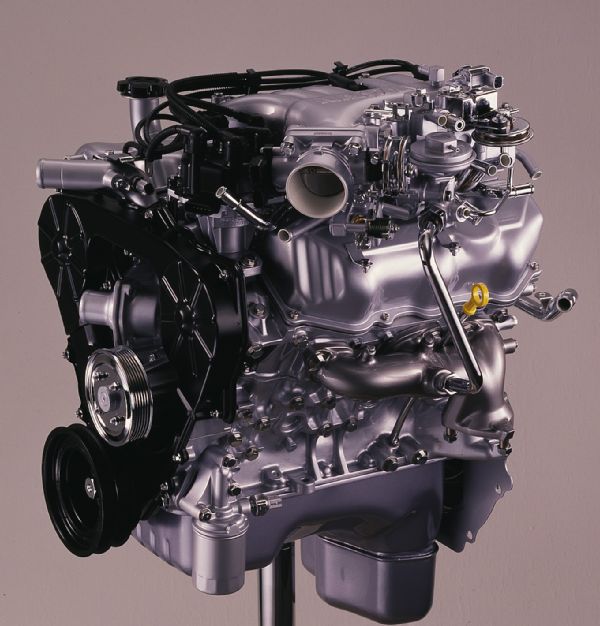
For ’99, the 170hp VG33E 3.3L V-6 was added to the lineup, and starting with the ’01s, this was also a supercharged version that offered 210 hp. All engines at this point were equipped with multi-point fuel injection. The ’03-’04 normally aspirated VG33E engines saw a bump to 180 hp.
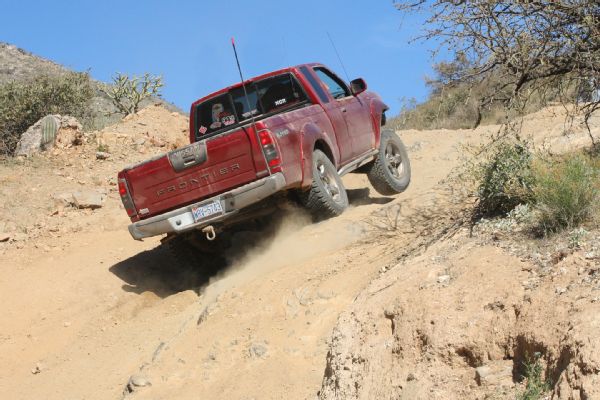
There were several axle combinations used on the Frontier models. The beefier H233B in the previous D21 line was 59.5 inches wide. For the D22 line, it was widened to 62.5 inches in the ‘99s, plus upgraded to 33 splines on the ’00-up models.
Nissan continued to offer both I-4 (through the ’00) and V-6 engines in the Frontier. Available five-speed manual transmissions were the Nissan FS5W71C (0.82:1 overdrive ratio) mated to the KA24DE and the Aichi FS5R30A (0.81:1 overdrive ratio) mated to the V-6 engines. There was also the Jatco RE4R01A four-speed automatic (0.69:1 overdrive ratio) offered with some of the V-6 models.
The transfer case used was the same TX-10A part-time unit used since the ’86.5 Hardbody. While all engines used the same transfer case, the input shaft spline count on the four-cylinder trucks was 22, and for the V-6 trucks it was 30.
Four-cylinder Frontiers came with the C200 rear & R180 front axle combo with 4.63:1 gearing. The V-6 trucks typically had the H233B/R200 combination with 4.636 or 4.90 gears; however, some ‘03-‘04 V-6 trucks came with the older style 29-spline C200 with 4.625 gears or the upgraded 31-spline C200 with 4.55 gearing.
Frontier D40 (2005-present)
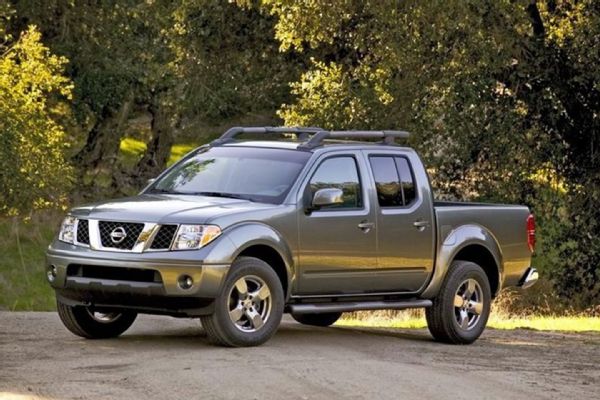
The D40 Frontier models were introduced for ‘05, growing more towards a mid-size pickup. Front suspension consists of coil-spring IFS, while rear leaf packs continue to support the rear of the truck.
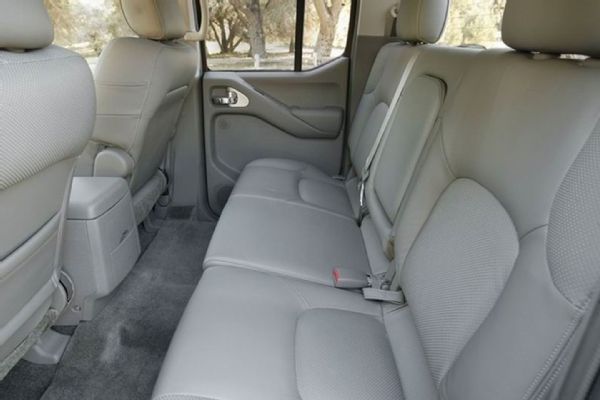
Interiors were updated with each new model introduction, growing plusher and roomier as time progressed. The ’94s also saw an interior refresh in the Hardbody line, and D22 interiors got a mid-model refresh for the ’02-’04 models. This is a D40 double-cab interior.
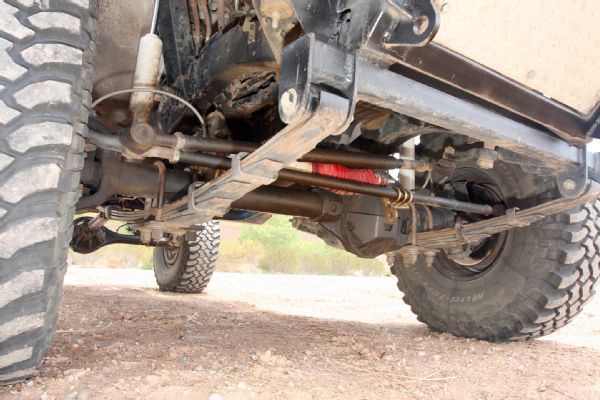
For those that want a beefier, more reliable front drivetrain for four-wheeling, a solid-axle swap is often the solution. Dana 44 axles that are driver-side drop are a popular swap choice and match well to the location of the stock front driveshaft. The factory steering boxes are often retained as they're stout units and work well for live axle linkage.
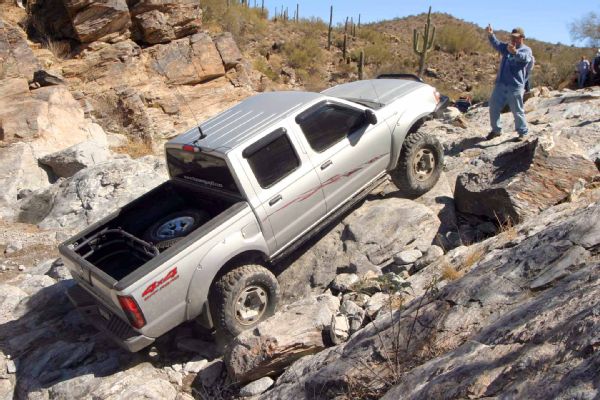
Warn Industries manufactured the locking hubs for the Frontier front axles with a mix of manual (through ’00 models) and auto locking hubs on the trucks.
PhotosView Slideshow










